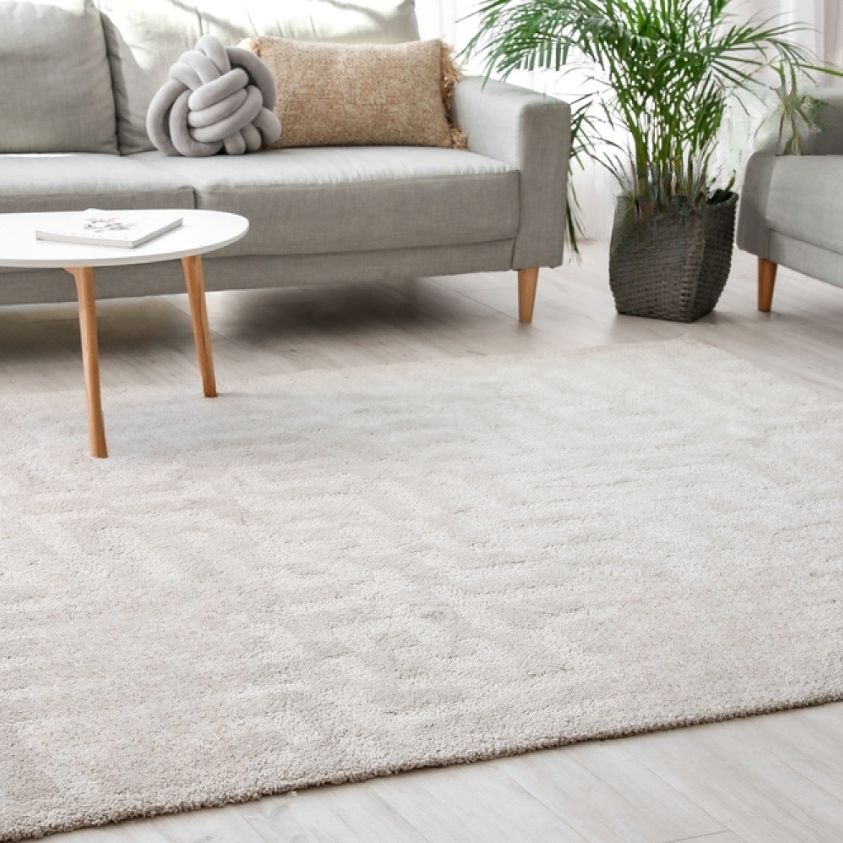Interior design is a creative process that transforms a space into a personalized and aesthetically pleasing environment. Whether you’re starting from scratch or revamping an existing space, a step-by-step approach ensures a systematic and successful design journey. In this guide, we will explore a structured method to approach interior design, breaking down the process into manageable steps that will help you achieve your desired outcome.
Define Your Goals and Objectives
The first step in any interior designing project is to clearly define your goals and objectives. Consider what you want to achieve with the space – is it a cozy family room, a functional kitchen, or a productive home office? Understanding your goals will guide all subsequent design decisions.
Understand Your Space and its Functionality
Analyze the space you’re working with. Consider its size, layout, lighting, and architectural features. Understand how the space will be used and by whom. This understanding will influence the layout, furniture choices, and overall design.
Create a Budget and Timeline
Establish a budget that aligns with your goals. Consider the costs of furniture, decor, materials, and any professional help you might need. Develop a realistic timeline to manage your project efficiently and avoid unnecessary delays.
Gather Inspiration and Ideas
Begin by collecting inspiration and ideas for your design. Browse through interior design magazines, websites, and social media platforms. Create mood boards or vision boards to compile images, colors, textures, and styles that resonate with you.
Select a Design Style
Based on your inspiration and goals, choose a design style that appeals to you. Whether it’s modern, traditional, minimalist, bohemian, or something unique, selecting a style will provide a direction for your design decisions.
Plan the Layout and Functionality
Develop a floor plan that optimizes the space’s functionality and flow. Arrange furniture and other elements to create a cohesive and well-organized layout. Ensure that the placement caters to your needs and goals.
Choose Colors, Textures, and Materials
Select a color scheme that complements your design style and desired ambiance. Consider textures and materials for furniture, flooring, and decor. Balance these elements to achieve the look and feel you envision.
Select Furniture and Furnishings
Choose furniture that aligns with your style and fits the space appropriately. Consider the scale, proportion, and functionality of each piece. Mix and match furnishings to create a visually appealing and functional interior.
Accessorize and Decorate
Enhance your space with carefully curated accessories and decor items. This includes artwork, rugs, cushions, lighting, and other embellishments that add personality and character to the room.
Ensure Practicality and Comfort
Prioritize practicality and comfort in your design. Opt for furniture that provides both aesthetics and functionality. Ensure adequate lighting, ventilation, and seating for a comfortable living space.
Review and Revise
Review your design plan and make necessary revisions before finalizing. Ensure that all elements work harmoniously and achieve your intended design goals.
Implementation and Execution
Execute your design plan by coordinating with contractors, painters, and other professionals if required. Follow the established timeline and budget to bring your design to life.
Reflect and Refine
Once your space is complete, take time to reflect on the achieved design. Live in the space, assess its functionality, and note any areas for improvement or adjustments.
Conclusion
A step-by-step interior design approach allows you to navigate the design process with clarity and structure. By defining goals, understanding your space, setting a budget, gathering inspiration, selecting a style, planning the layout, choosing colors and furnishings, and implementing your design with precision, you can create a well-designed, harmonious space that reflects your vision and personality. Remember, each step is vital, and thoughtful consideration at every stage ensures a successful and satisfying interior design journey.


